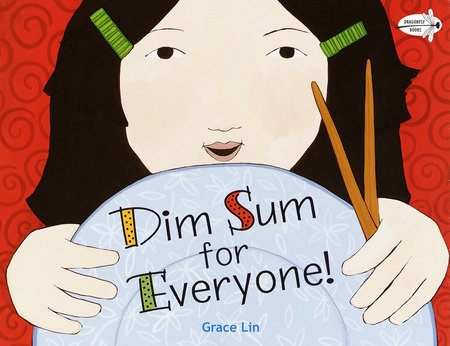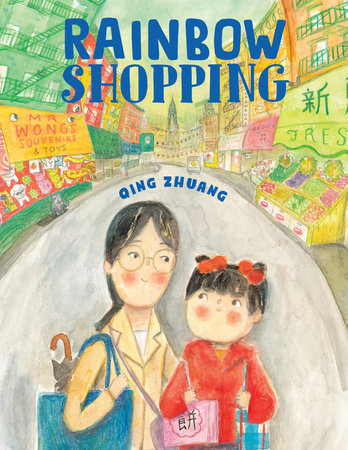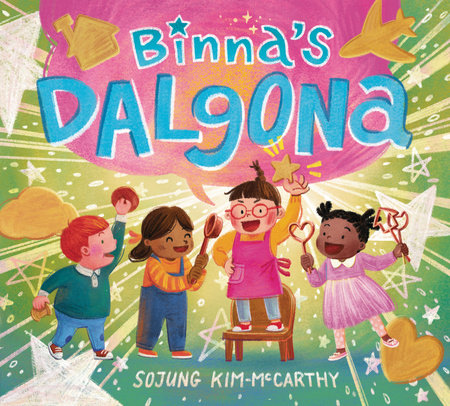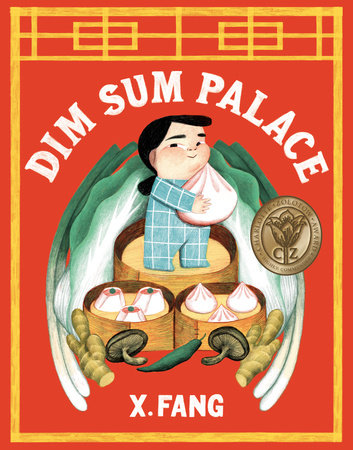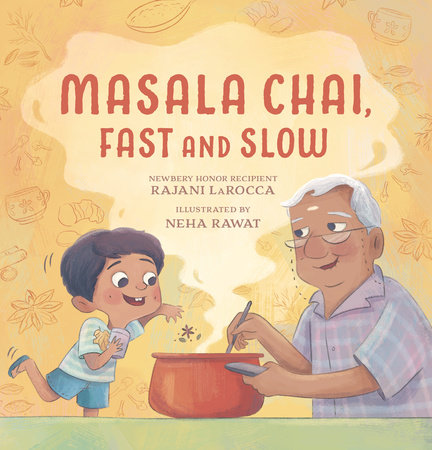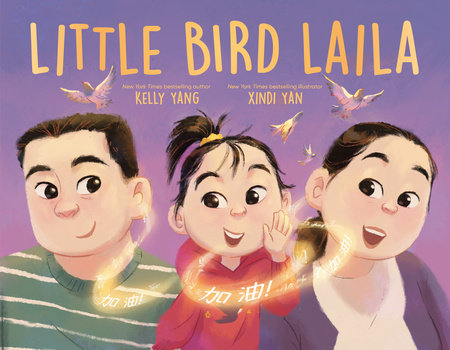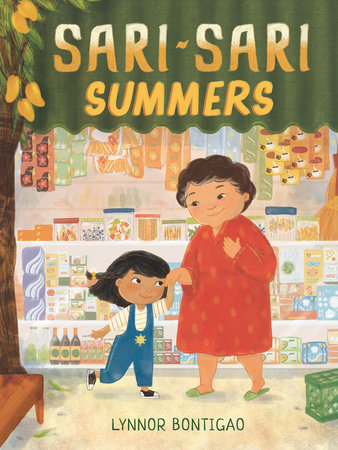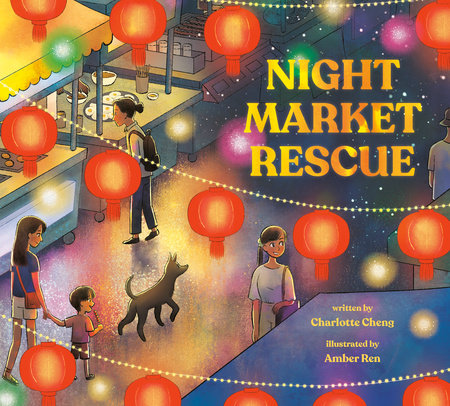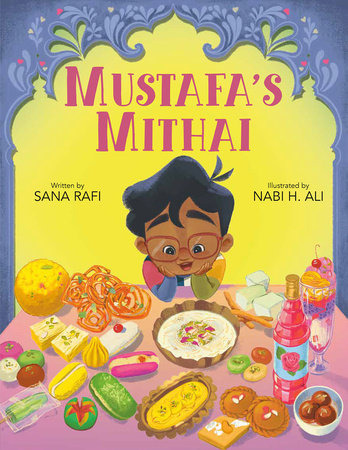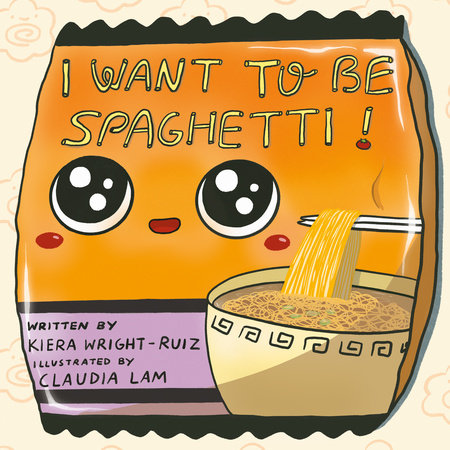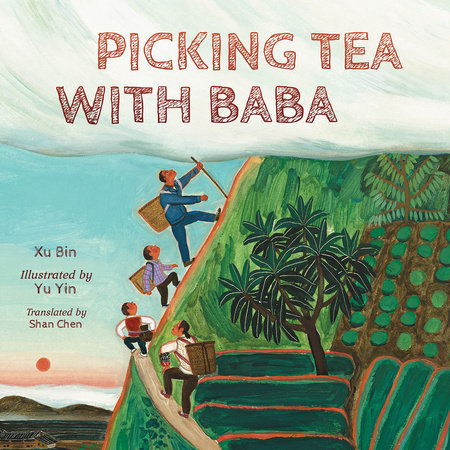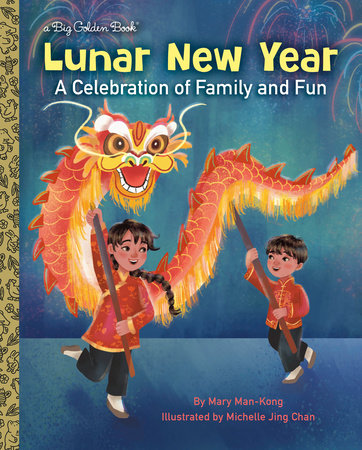13 Books for Kids That Celebrate
Asian Cultures
by Laura Lambert
Even though I grew up eating kimchi and saying ko-map-sup-ni-da, the only “Asian” book I read as a child was Tikki Tikki Tembo. It was a favorite of mine, but looking back, I’m not sure that I learned much about Asian cultures. People even argue whether the folktale is Chinese or Japanese.
My two kids also love the breathless tongue twister of Tikki’s full name. But I’m happy to report that thirty-some years later, there are some truly great books about the various Asian cultures — almost all with a focus on family and food. (But mostly food.)
-
Beginner Books
-
Dim Sum for Everyone!
Available from:If you believe, as I do, that culture begins and ends in the stomach, you’ll know why nothing is more comforting to me than dim sum, a traditional Chinese meal made up of small plates of dumplings and other snack dishes and is usually accompanied by tea. This book features the à la carte yumminess that is the Chinese dim sum tradition and highlights a key Asian cultural tradition — eating together.
Also available from: -
Rainbow Shopping
Available from:There’s nothing quite like New York City’s Chinatown — and this picture book transports you there, in all its technicolor glory. Says Publishers Weekly, “the subdued landscape [of the drab New York City neighborhood the young girl’s family has emigrated to from China] gives way to vivid hues as the two shop amid a kaleidoscope of fruits, vegetables, seafood, and sweets.” The result is “achingly real.”
Also available from: -
Binna’s Dalgona
Available from:Have you ever wanted to explain something but couldn’t find the right words? This charming picture book illustrates how to navigate language barriers. Binna wants to tell her classmates about her Korean culture, and share a tasty snack she learned how to make, but gets discouraged when she can’t say what she wants. But with the encouragement of her friends and family, Binna finds the courage to keep trying!
Also available from: -
Dim Sum Palace
Available from:For anyone (like me!) who loved Maurice Sendak’s In the Night Kitchen (1970), Dim Sum Palace is an adorable, AAPI-inspired homage. Kirkus calls it “a real (delicious) trip.” And just about everyone agrees. Fang’s book earned the 2023 Society of Illustrators’ Dilys Evans Founder’s Award and was named one of Brightly‘s Best Picture Books of 2023 and one of Chicago Public Library’s Best Board & Picture Books for the same year.
Also available from: -
Masala Chai, Fast and Slow
Available from:Another food-focused trip, through India this time. Traditions — like afternoon chai — are what bond us to our families and our culture. And that is the case in Newbery Honoree Rajani LaRocca’s latest picture book. This is a story of a boy and his grandfather, but there are deeper lessons about mindfulness and the power of taking your time. Recipe included.
Also available from: -
Little Bird Laila
Available from:In this sweet and joyful immigrant story, Laila takes it upon herself to teach her parents English. Even though she is still learning the language herself, she knows she can help her parents express how clever, kind, and funny they are in their new home.
Also available from: -
Sari-Sari Summers
Available from:Kirkus calls Lynnor Bontigao’s sweet love-letter to the Phillipines and to Filipina grandmothers, “like a sari-sari store, brimming with joy and heart.”
Also available from: -
Night Market Rescue
Available from:One of my great joys, when it comes to Asian culture, is the night market — full of delicious street food and one-of-a-kind delights. Charlotte Cheng’s book may be about a stray dog, Gogo, but what’s wonderful is the setting: A richly imagined Taipei night market. Publishers Weekly calls it, “a lively readaloud about finding one’s way home.”
Also available from: -
Mustafa’s Mithai
Available from:Mustafa loves happy occasions because he gets to eat mithai, a collection of sweets from South Asia. He wishes he could have these treats every day, but his Ammi reminds him that mithai are sweetest when shared, and so Mustafa decides to turn an ordinary day into a happy occasion! He invites all his friends and family over to share mithai together. A beautiful celebration of culture, and a reminder to celebrate each moment with loved ones.
Also available from: -
I Want to Be Spaghetti!
Available from:A children’s book about ramen that wishes it was spaghetti — until it learns to love all the wonderful, ramen-y things about itself? Sign me up! This well-loved book — an Amazon Best Book of the Month, winner of Good Housekeeping’s 2023 Kids’ Book Award and one of Brightly’s Best Picture Books of 2023 — teaches us all how to love what is unique about us.
Also available from: -
My Grandfather's Song
Available from:The married authors of My First Day, selected as best book of the year by Kirkus Reviews and School Library Journal, revisit the rich landscapes of Southeast Asia with My Grandfather’s Song, a lyrical tribute to the first settlers of South Vietnam, as told through the story of one boy and his grandfather.
Also available from: -
Picking Tea with Baba
Available from:Follow a young boy and his family as they pick tea leaves in their tea garden in the mountains. It can be a lot of hard work, but it is so rewarding to work together as a family! Filled with bright illustrations, this day-in-the-life picture book is a treat for the senses as the family celebrates Chinese culture and togetherness.
Also available from: -
Lunar New Year
Available from:A sweet addition to any child’s Golden Book library, Lunar New Year teaches young readers about the Chinese zodiac, the celebratory food and the Asian traditions that arrive each lunar new year — one of the most important holidays in China and other Asian countries.
Also available from:
So, clearly, this list doesn’t quite cover all things Asian. There are countries we didn’t cover — and cuisines!
You might also like:
- 27 Children’s & YA Books Written by Asian Authors
- Kids’ Books on the Experiences of Asian American Immigrants
- Graphic Novels for Kids by Asian Authors & Illustrators
Editor’s Note: This article was originally published in 2015 and updated in 2025.

